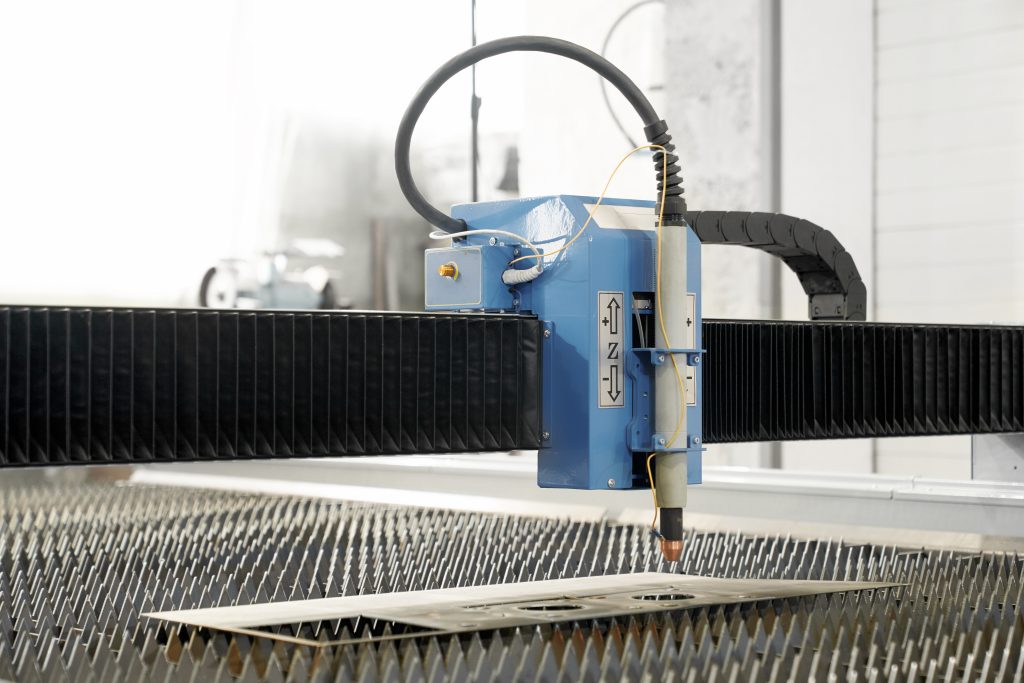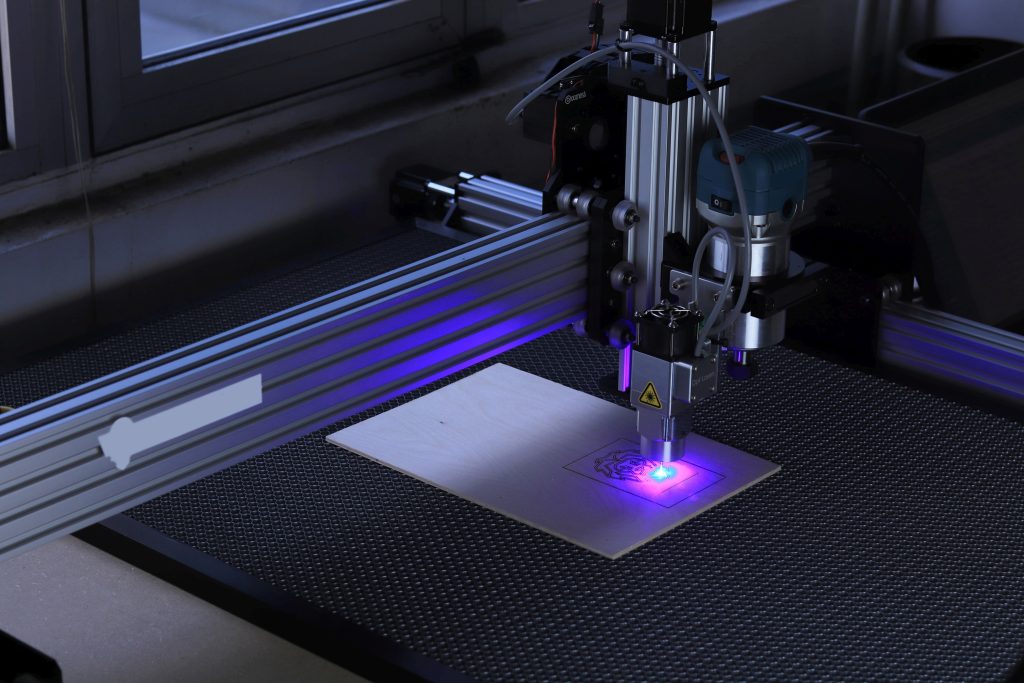Welcome to our blog, where we dive into the world of laser cutting and explore the essential techniques in order to optimize laser cutting parameters. Whether you’re a seasoned professional or a novice looking to enhance your skills, this article will equip you with the knowledge to achieve exceptional results. By fine-tuning the laser cutting parameters, you can unlock the full potential of this versatile technology. So, let’s delve into the realm of laser cutting optimization!
Before we jump into parameter optimization, let’s briefly explore the basics of laser cutting. Laser cutting is a precise and efficient method used to cut various materials, such as metal, wood, acrylic, and more. The laser beam melts, vaporizes, or burns through the material, creating a clean and accurate cut. To maximize the benefits of laser cutting, optimizing the cutting parameters is crucial.
To begin optimizing your laser cutting parameters, selecting the right laser for the job is vital. Different lasers have specific capabilities and power levels that determine their suitability for various materials. CO2 lasers are excellent for organic materials like wood and acrylic, while fiber lasers are ideal for metals. Ensure that the laser power and wavelength align with your material requirements.
The material you intend to cut plays a significant role in parameter optimization. Consider the material’s thickness, density, and reflective properties. Additionally, prepare the material by cleaning its surface to remove any dust, oils, or debris that could affect the cutting quality.
The laser power determines the intensity of the beam and affects the cutting speed and quality. Setting the laser power too high might lead to excessive melting or burning, while setting it too low may result in incomplete cuts. Find the right balance by conducting test cuts and adjusting the power until the desired result is achieved. Front view of professional modern plasma cutter on metal factory. Automated machinery in process of cutting sheets and manufacturing. Concept of technology and engineering.

Cutting speed determines how fast the laser moves along the material. It’s crucial to find the optimal speed to ensure clean, precise cuts. A slower speed allows for better control and accuracy, while a faster speed improves productivity. Strike a balance between speed and quality by testing different speeds and evaluating the results.
The focal length refers to the distance between the laser lens and the material being cut. Adjusting the focal length allows you to control the size and quality of the laser beam. Experiment with different focal lengths to find the optimal setting that delivers the desired level of precision.
Using assist gas during laser cutting helps to clear away debris and prevent the material from overheating. Oxygen, nitrogen, and air are commonly used to assist gases, each with its benefits and considerations. Oxygen offers high-quality cuts for metals, nitrogen reduces oxidation, and air provides an economical solution. Choose the appropriate gas based on your material and desired cutting outcome.
The nozzle diameter and standoff distance affect the beam’s focus and gas flow. Adjusting these parameters can optimize the cutting process. A smaller nozzle diameter enhances precision, while a larger one increases cutting speed. Similarly, the standoff distance affects the gas flow and removal of debris. Experiment with different combinations to achieve the desired results.
Maintaining and calibrating your laser cutting machine is essential for consistent performance. Regularly clean the lens, inspect the optics, and replace any worn-out parts. Calibration ensures accurate beam alignment, improving the overall cutting quality and reducing material waste.
Piercing refers to creating a hole in the material before cutting. Optimizing the piercing parameters is crucial to achieve clean and precise holes. Factors like pulse frequency, pulse duration, and peak power play a significant role. Experiment with different settings to find the ideal combination that produces the desired piercing quality.
After laser cutting, it’s important to consider post-processing steps. Deburring, edge smoothing, and surface cleaning may be necessary depending on the application and material. Evaluate the requirements and choose the appropriate post-processing techniques to achieve the desired final result.

When working with laser cutting equipment, it’s vital to prioritize safety. Ensure that you and your team are trained on proper handling and use of the machinery. Wear appropriate personal protective equipment (PPE), such as safety glasses and gloves. Maintain a clean and organized workspace to minimize accidents and ensure the safe operation of the laser cutter.
Measuring and adjusting key fiber laser cutting parameters is essential for achieving high-quality cuts with precision and efficiency. Below is a detailed guide on how to measure and optimize these parameters.
Measurement:
Adjustment:
Measurement:
Adjustment:
Measurement:
Adjustment:
Measurement:
Adjustment:
Measurement:
Adjustment:
Measurement:
Adjustment:
Measurement:
Adjustment:
Setting laser cutting parameters correctly is crucial for achieving precise and high-quality cuts. However, several challenges can arise, affecting the efficiency, accuracy, and overall quality of the cut. Below are some common challenges in laser cutting parameter settings:
Optimizing laser cutting parameters is essential for achieving high precision, efficiency, and minimal material waste. The key parameters to consider include laser power, cutting speed, focal distance, assist gas type and pressure, and pulse frequency. Here’s a detailed breakdown for different materials and applications:
| Material | Laser Power (W) | Speed (mm/min) | Assist Gas | Gas Pressure (bar) | Focus Position |
|---|---|---|---|---|---|
| Mild Steel (1-10mm) | 1000-4000 | 1000-3000 | O₂ | 3-6 | 0 to -1mm |
| Stainless Steel (1-10mm) | 1000-6000 | 1000-4000 | N₂ | 10-20 | 0 to -1mm |
| Aluminum (1-10mm) | 2000-6000 | 2000-4000 | N₂ | 10-15 | 0 to -1mm |
| Copper & Brass (1-5mm) | 2000-4000 | 1000-3000 | N₂ or Air | 8-12 | 0 to -1mm |
Tip: Use nitrogen for a cleaner, oxidation-free finish on stainless steel and aluminum.
| Material | Laser Power (W) | Speed (mm/min) | Assist Gas | Gas Pressure (bar) | Focus Position |
|---|---|---|---|---|---|
| Acrylic (3-10mm) | 40-300 | 2000-6000 | Air | 0-2 | 0 to +1mm |
| Wood (3-10mm) | 50-500 | 1000-5000 | Air | 0-2 | 0 to +2mm |
| Plastic (1-5mm) | 50-300 | 2000-5000 | Air | 0-2 | 0 to +1mm |
| Paper & Cardboard | 10-100 | 5000-10000 | Air | 0-1 | +1mm |
Tip: Use higher speeds for plastics and paper to prevent burning or melting.
Optimize Laser Cutting Parameters are a continuous learning process that empowers you to achieve exceptional precision, efficiency, and cost-effectiveness. By understanding the materials, and experimenting with laser power, speed, focal length, gas selection, and piercing parameters, you can unlock the full potential of laser-cutting technology. Additionally, considering post-processing steps and adhering to safety precautions ensures a high-quality end product and a safe working environment. Keep learning, adapting, and refining your techniques to stay ahead in the dynamic world of laser cutting.
Fill out this form and our team will call you with best offers on CNC Router machines.
This will close in 20 seconds